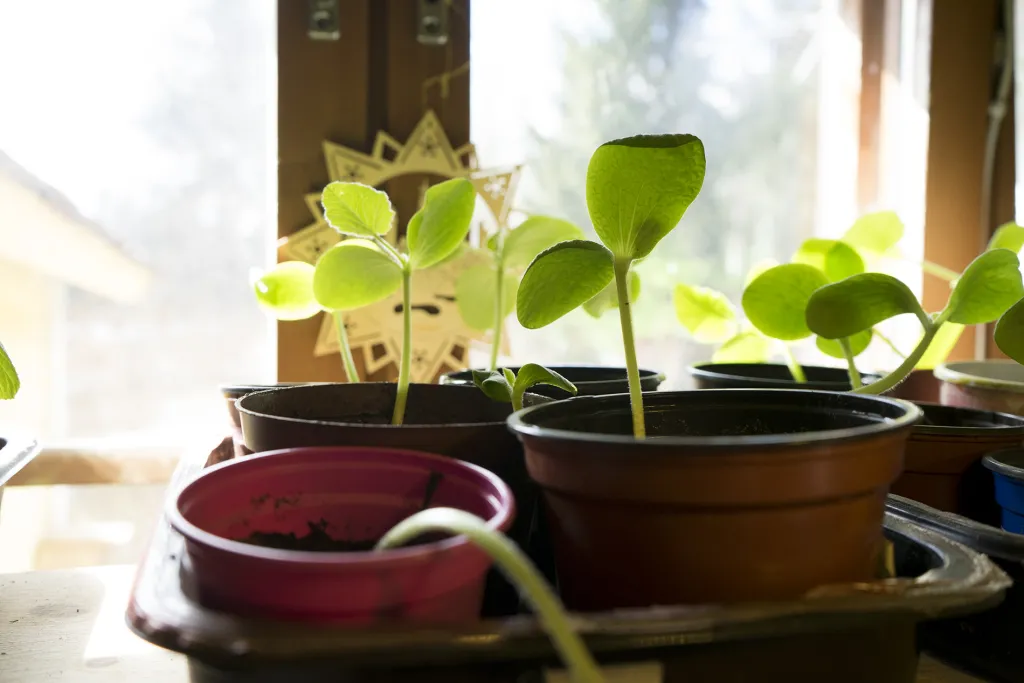The approach combines agricultural and forestry technologies to create more diverse, productive, profitable, healthy, and sustainable land-use systems. Agroforestry practices are designed to take advantage of the interactive benefits from combining trees and shrubs with crops and/or livestock, including enhanced biodiversity, improved soil structure and fertility, reduced erosion, and improved water quality and availability.
The 3 main types of agroforestry are:
- Silvopasture: This system combines forestry and grazing of domesticated animals on a single piece of land. It involves the deliberate integration of trees with pasture and livestock production. The trees can be managed for timber, fruit, or nuts, while providing shade and shelter that improve the welfare and productivity of livestock. This system can increase biodiversity and improve the cycling of nutrients.
- Silvoarable Agroforestry (often just referred to as "Silvoarable"): This involves the integration of trees and crops on the same land. In this system, crops are grown between rows of trees, which can provide benefits such as wind protection, improved microclimates, and reduced soil erosion. The trees can be managed for timber, fruit, or other products, while the open spaces are used for agricultural crops.
- Agrosilvopastoral Systems (sometimes referred to as "Silviagropasture," though this term is less common): This is a more complex system that combines elements of both silvopasture and silvoarable agroforestry. It involves the integration of trees, crops, and livestock on the same land. This system aims to maximize the beneficial interactions between each component, such as using the livestock to control weeds and fertilize the soil for crops, while trees provide shade for livestock and crops, and can also contribute to the farm's income through products like timber, fruit, or nuts.
Benefits of agroforestry include:
- Enhanced Biodiversity: Introducing trees into agricultural landscapes supports a wider range of habitats and species.
- Soil Health Improvement: Trees and shrubs can improve soil structure, increase organic matter, and enhance nutrient cycling.
- Climate Change Mitigation and Adaptation: Agroforestry systems can sequester carbon in biomass and soil and provide resilience against climate variability.
- Economic Diversification: Agroforestry can provide multiple streams of income from different products (timber, fruit, nuts, fodder, etc.), reducing risk and increasing economic stability for farmers.
- Improved Water Management: Trees and shrubs can improve water infiltration and reduce surface runoff, leading to better water availability for crops and reduced erosion.
Agroforestry practices are adaptable to various environmental conditions and socio-economic contexts, making them applicable in both tropical and temperate regions around the world. They offer a promising approach to achieving sustainability in agriculture by balancing ecological health with economic viability and social equity.

